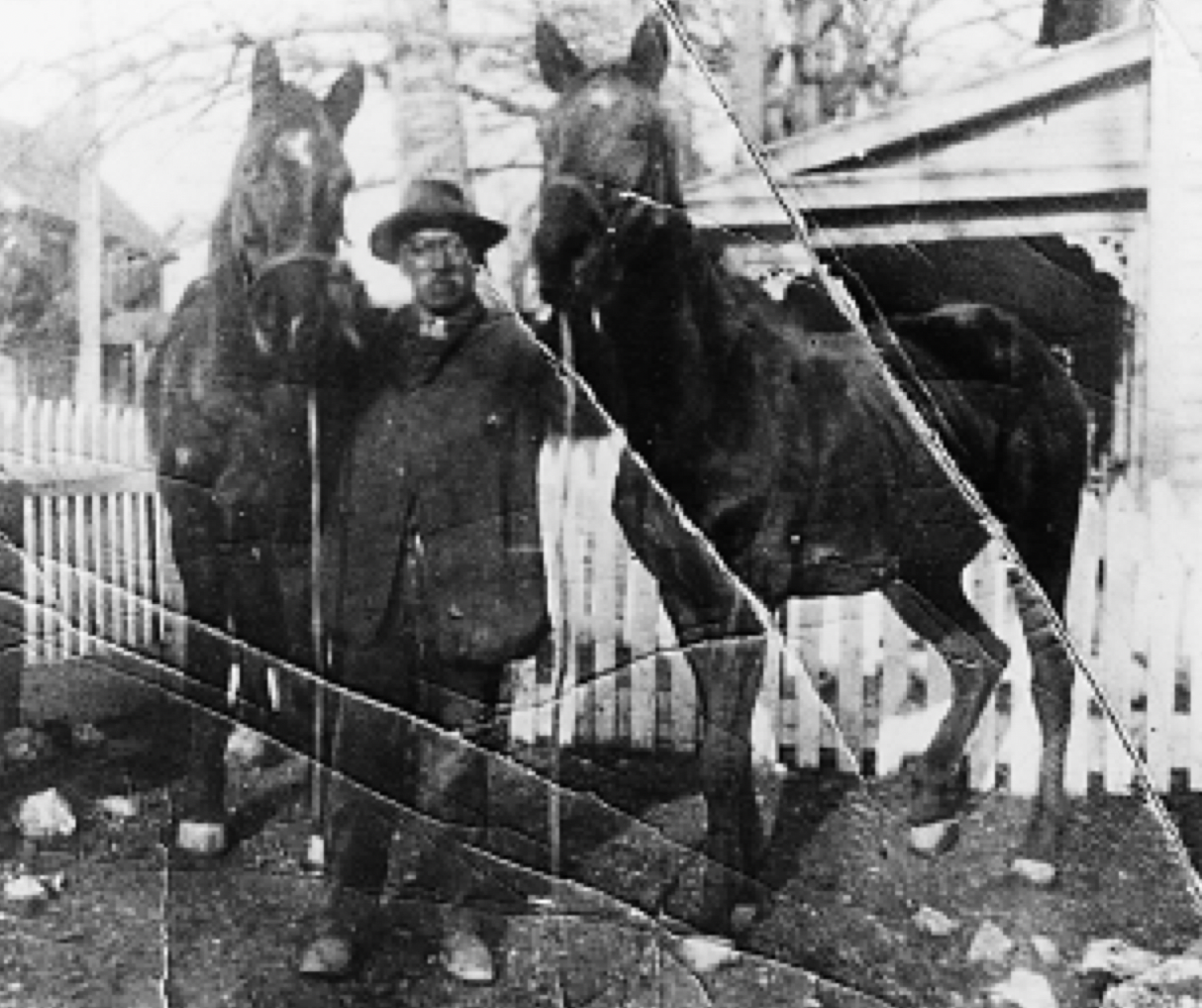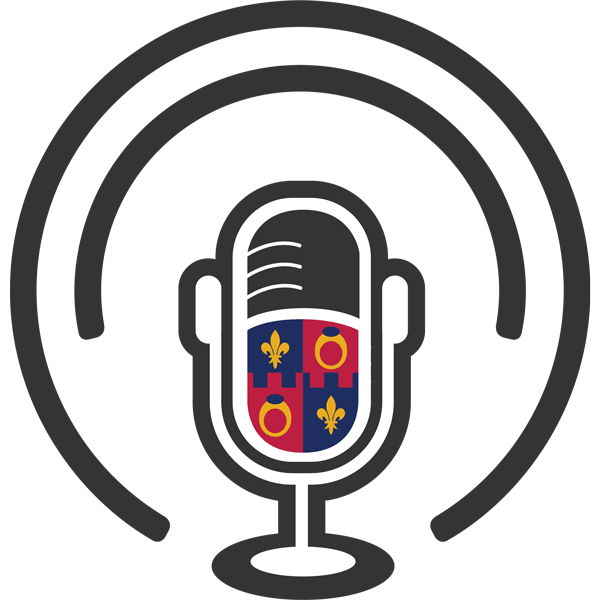
The following comes from PLACES from the PAST: The Tradition of Gardez Bien in Montgomery County, Maryland by Clare Lise Kelly (M-NCPPC)
Part 1 available here: Black History: African-Americans in MoCo Before the Civil War)
In 1870, the black population made up 36% of the total county population. After emancipation, many African-Americans were able to buy land from or were given land by white plantation owners, often their previous enslavers.
Free Blacks transformed fields and scrubland into intensively developed settlements of agricultural homesteads. Over 40 African-American communities have been identified in Montgomery County. Communities that are represented today by standing historic structures include, in the Poolesville area, Sugarland, Jerusalem, the Boyds settlement and the Martinsburg settlement; in the Potomac area, Tobytown, Pleasant View, Scotland, Gibson Grove, and Poplar Grove; Mt. Zion and the Sandy Spring settlement in the Olney area; Good Hope and Smithville, in the Eastern region; and Hawkins Lane, near Rock Creek.
The first community building constructed by residents was typically a church, often also used as a school and social meeting hall until other structures were built. A noteworthy complex of community buildings is found in Martinsburg, near Poolesville. Still standing are the Warren Methodist Episcopal Church (1903), Martinsburg School (1886), and the Loving Charity Hall (1914). The hall was the headquarters for a benefit society that provided health and burial services for families at a time when insurance companies did not allow coverage for black citizens.
Families built their own houses that typically had two rooms up and two rooms down. In the first years after emancipation, most houses were built of log. By the 1880s, blacks began to build frame houses, which ranged from simple one or two room structures to two story dwellings with two rooms on each level. While several community buildings from African- American settlements have been preserved, few houses built by free blacks have survived. Among the remaining examples are the John Henry Wims House (c1885) at 23311 Frederick Road, in the Clarksburg Historic District, and the Diggens House (c1870s-90s), 19701 White Grounds Road, in the Boyds Historic District.34
Quakers supported one of the earliest schools for black children, held in the Sharp Street Church about 1864. Sandy Spring area Quakers financed the school and supplied teachers from the nearby Friends’ school at Fair Hill. Public schools were not available to black children until after 1872.

